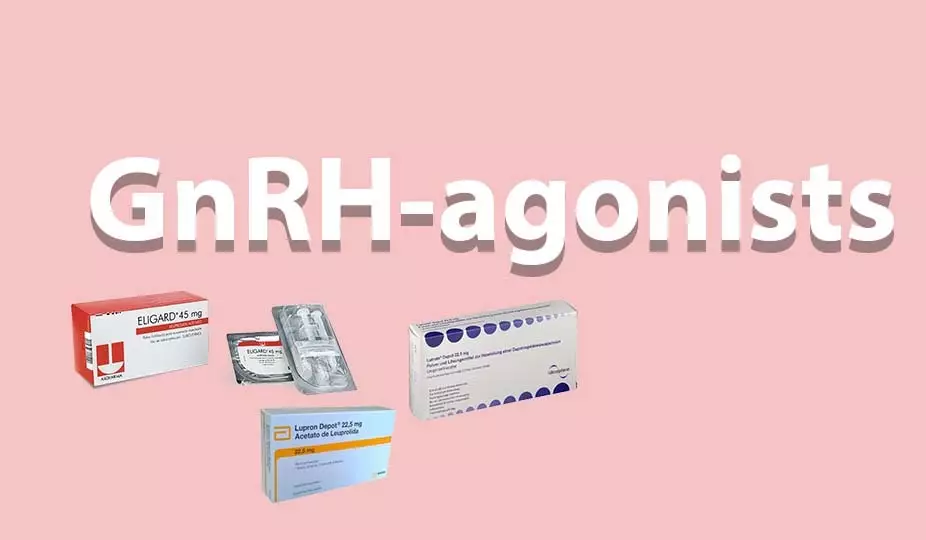How GnRH Agonists Can Treat Fibroid Symptoms
Gonadotropin-releasing hormone (GnRH) agonists are a kind of medication that stops your ovaries from producing estrogen and progesterone, which stops ovulation. They can be an effective way to treat a variety of women’s reproductive health concerns, including uterine fibroid symptoms. There are some side effects to consider, however, so speak with your doctor to determine what treatment may be best for your specific needs.*
What is gonadotropin-releasing hormone?
There are over 50 different naturally occurring hormones in your body involved in a variety of different functions. Gonadotropin-releasing hormone (GnRH) is one of the hormones that control your menstrual cycle. It’s released by a part of the brain called the hypothalamus.
Once released, GnRH triggers a domino effect of other hormones that ultimately results in the production of estrogen and progesterone, which in turn causes ovulation. This line of communication is called the hypothalamic pituitary ovarian axis.

In order for this to work smoothly, GnRH has to be released in small, rhythmic bursts, similar to a pulse. If this process is working correctly, you will get regular periods as long as you’re not pregnant.
How do GnRH agonists treat uterine fibroids?
GnRH agonists change the way GnRH is released. Instead of small bursts, it’s released in a constant flow, like an open faucet on full blast. This onslaught can cause a temporary surge of the other hormones along the axis, but over time they will stop being produced, halting the production of estrogen and progesterone, and thus ovulation.
Without estrogen, menstruation stops and your fibroids will likely shrink, relieving many of your symptoms. GnRH agonists are not recommended for long-term use, however, and fibroids regrow quickly once the medication is stopped. For this reason, GnRH agonists are not usually used for heavy bleeding and pain relief for more than a few months.
Who can take GnRH agonists?
Doctors have used GnRH agonists to treat a variety of women’s reproductive health conditions, including:
- Uterine fibroids,
- Endometriosis, and
- Premenstrual dysphoric disorder (PMDD).
Regarding fibroids specifically, GnRH agonists are generally used to shrink large fibroids prior to surgical removal, and are sometimes recommended for short-term relief in fibroid patients who are close to menopause, after which fibroids begin to shrink on their own.
GnRH agonists are typically administered through either an injection every four to 12 weeks, or through daily use of a nasal spray.
Are there any side effects?
Since GnRH agonists stop the production of estrogen and progesterone, it’s common to experience symptoms similar to those associated with menopause, such as:
- Mood changes,
- Hot flashes,
- Lower sex drive,
- Vaginal dryness, and
- Lower bone density.
There may be other side effects, as well, depending on the agonist used. Your doctor may suggest controlled “add-back therapy” of progestin, or a combination of estrogen and progestin, to help mitigate bone loss and relieve hot flashes.


